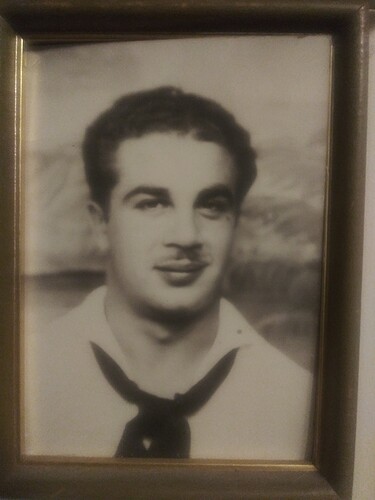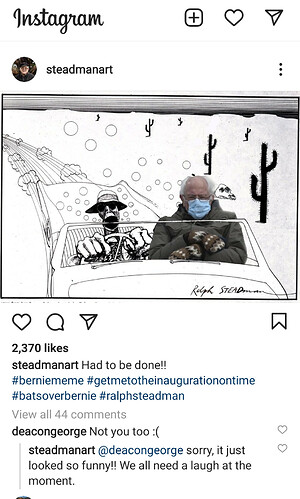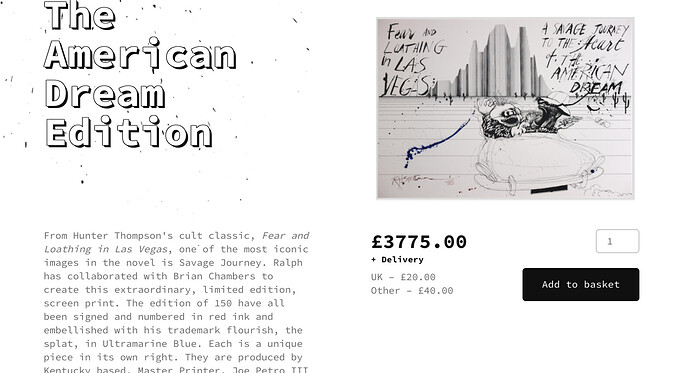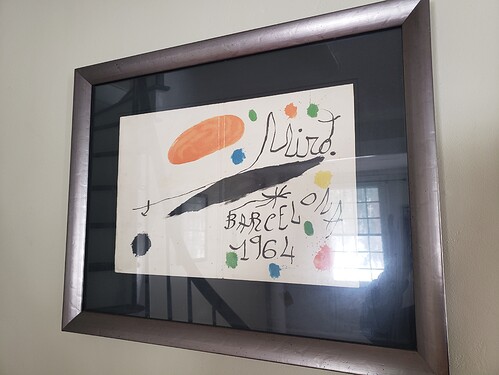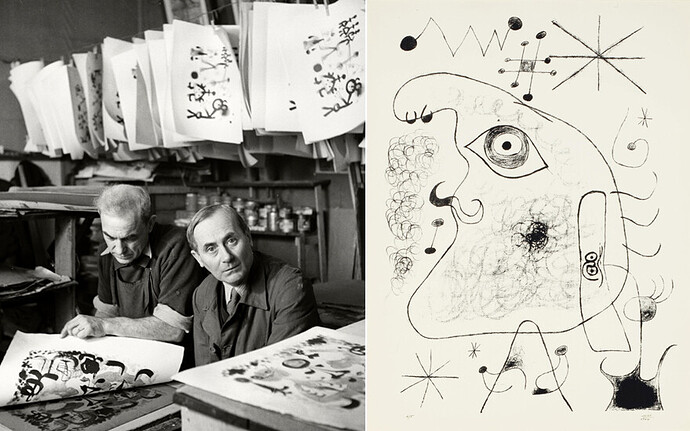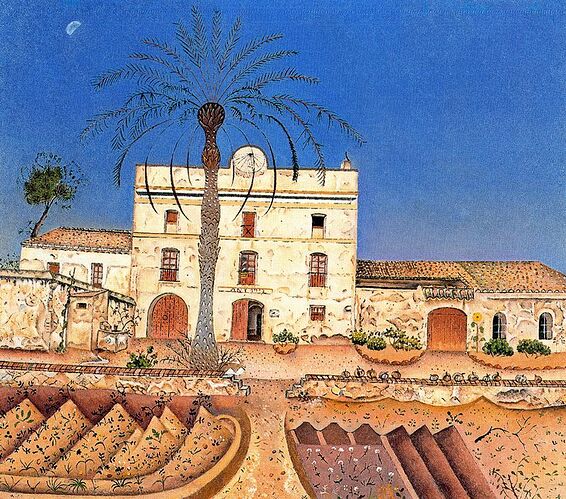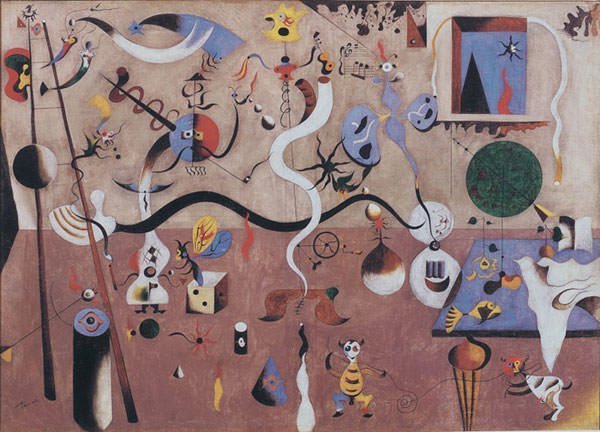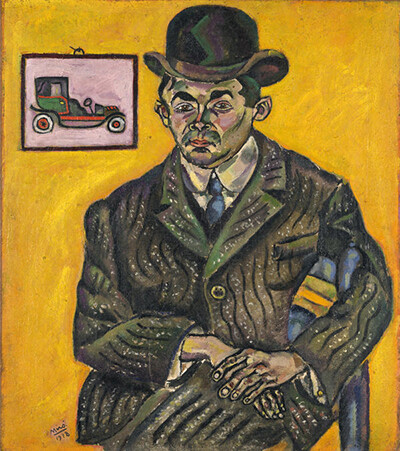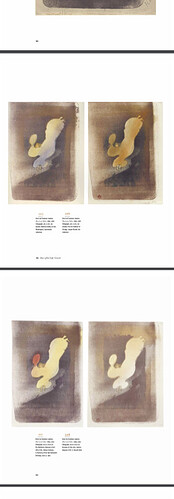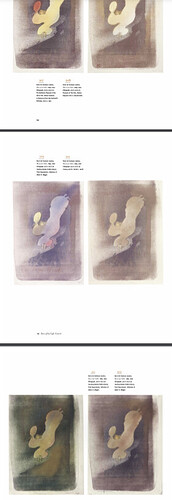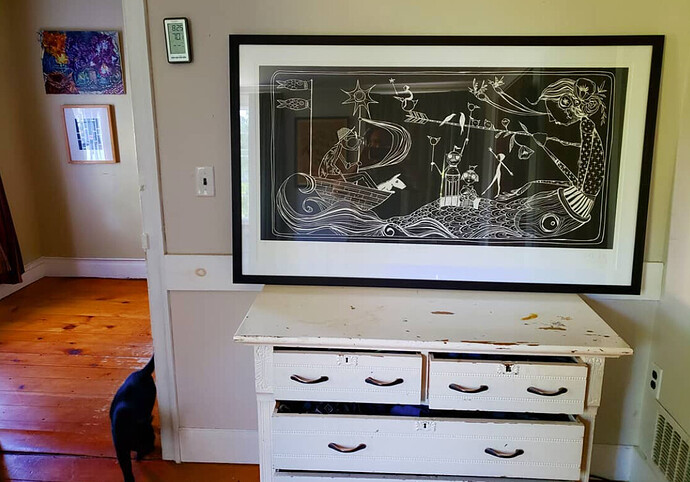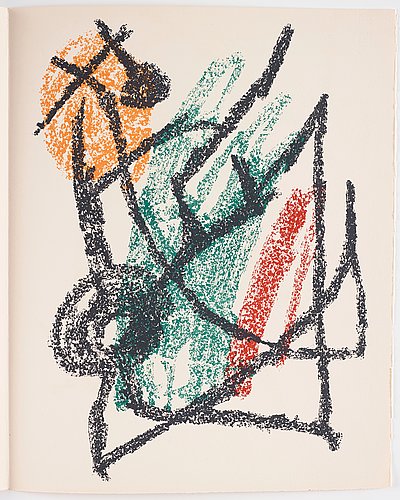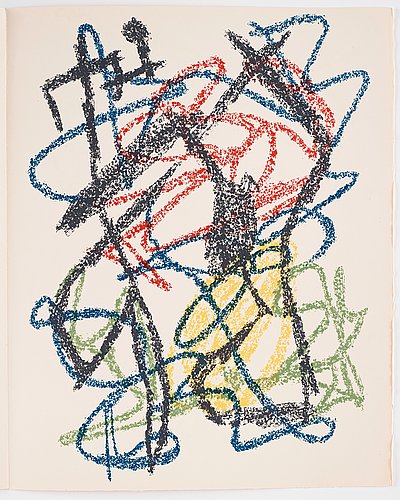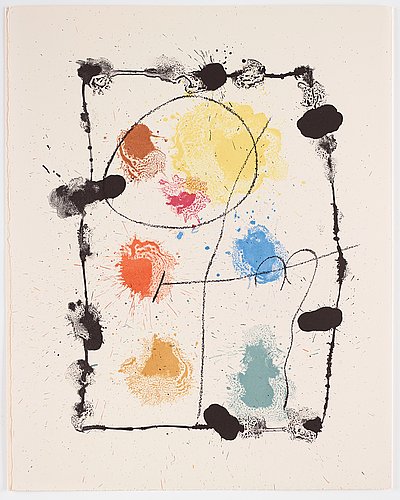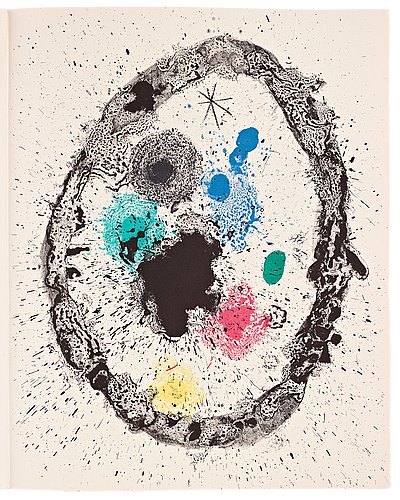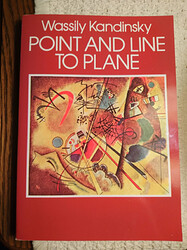Yeah good question. The biggest thing to me is that a child didn’t do it. Miro did it. Karens say stuff like “my kids could have painted that” but her kids didn’t paint that, and even if they did, no one would see it or put it in a museum or pay $26,000,000 for it. Karen’s kids don’t have a body of work that was deemed to be a significant piece of art history by their contemporaries and historians. Her kids aren’t part of a movement. They aren’t exploring theoretical ideas like gas sculpture and 4D painting or receiving honorary doctorates in art. Also, her kids are late to the party because he did most of this shit from 50 to 100 years ago.
When you watch the NBA Finals, if you think to yourself “I could have made that free throw” you would be absolutely correct. But you didn’t and never will because one does not simply teleport into the game and shoot one free throw–it takes decades of training and performance to even get into that situation. So Miro was in that situation, and he could have Xeroxed his ass and sold out the edition. LeBron has made tens of thousands of free throws in his lifetime. Here’s the same thing but with printmaking:
If the Spanish artist is remembered principally as a painter, it’s worth pointing out that his artistic curiosity wasn’t satisfied by oil on canvas alone. Over a seven-decade career, he also worked in sculpture, ceramics, tapestry and, most prolifically, prints.
Like Pablo Picasso, his compatriot and peer, Miró had an unwavering commitment to printmaking. Also like Picasso, he created more than 2,000 works in the medium. It’s often said that Miró’s fondness for calligraphic lines — such a distinctive feature of his paintings — lent itself naturally to graphic work.
‘In terms of both the quality and quantity of his output, Joan Miró was one of the most important printmakers of the 20th century,’ says Murray Macaulay, Head of Prints at Christie’s in London.
https://www.christies.com/features/A-guide-to-Joan-Miro-prints-10323-1.aspx
I like to say that talent in modern art is invisible to a lot of people. It’s true in other areas too (e.g., business, music, politics) but definitely in art where the end result isn’t something that would obviously require a ton of technical ability and training like the classical paintings. That’s not to say all modern art is good (it isn’t). However, people seem to incorrectly associate artistic talent with the ability to render realism. If you look through Miro’s portfolio though, it should be fairly obvious that he wasn’t just some hack doing crayon scribbles. For example, these are some early works:
As for the prints that look like scribbles on white paper, they have a few things going on that I can see. First, it’s sort of like that particular style is its own universe. He made a lot of works like that and they look like part of a series or collection that follow the same rules. Second, I can clearly see these stylistic elements (in this order): abstract expressionism, dadaism, fauvism, surrealism. Like pretty much all great art, his work is all of his influences mixed in a blender and served as a delicious art smoothie.
He had this to say:
The spectacle of the sky overwhelms me. I’m overwhelmed when I see, in an immense sky, the crescent of the moon, or the sun. There, in my pictures, tiny forms in huge empty spaces. Empty spaces, empty horizons, empty plains – everything which is bare has always greatly impressed me.

